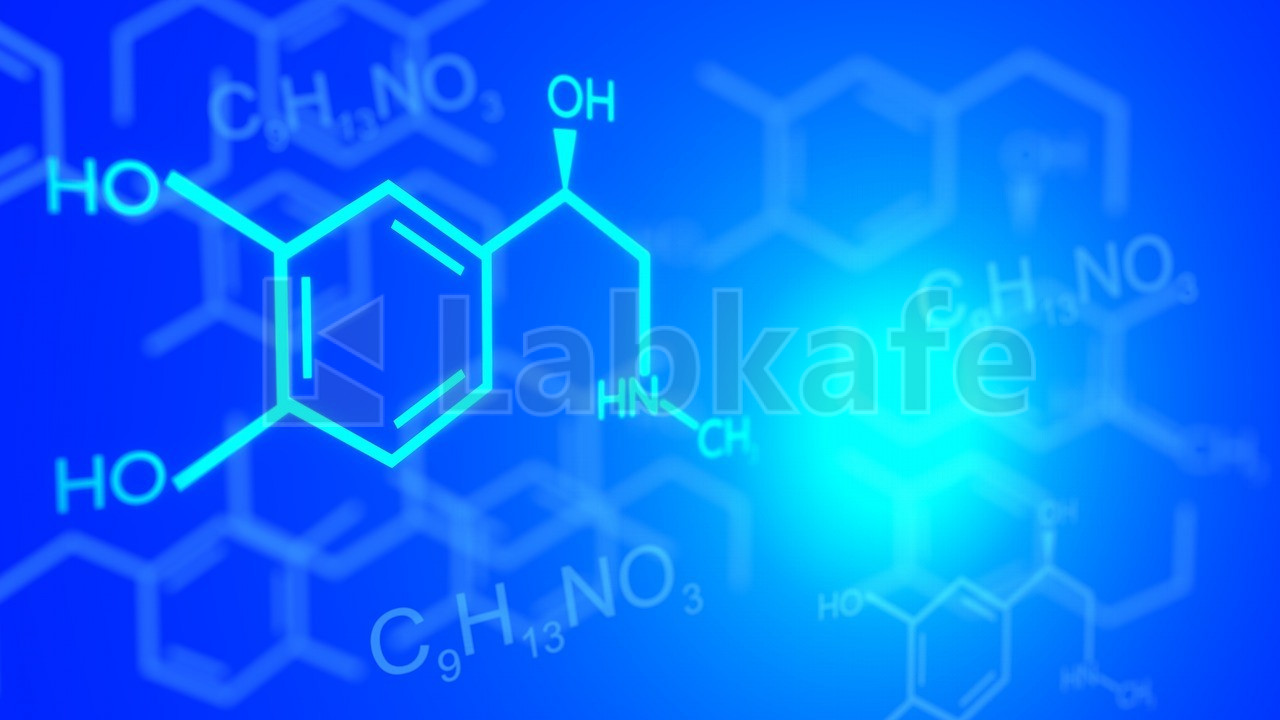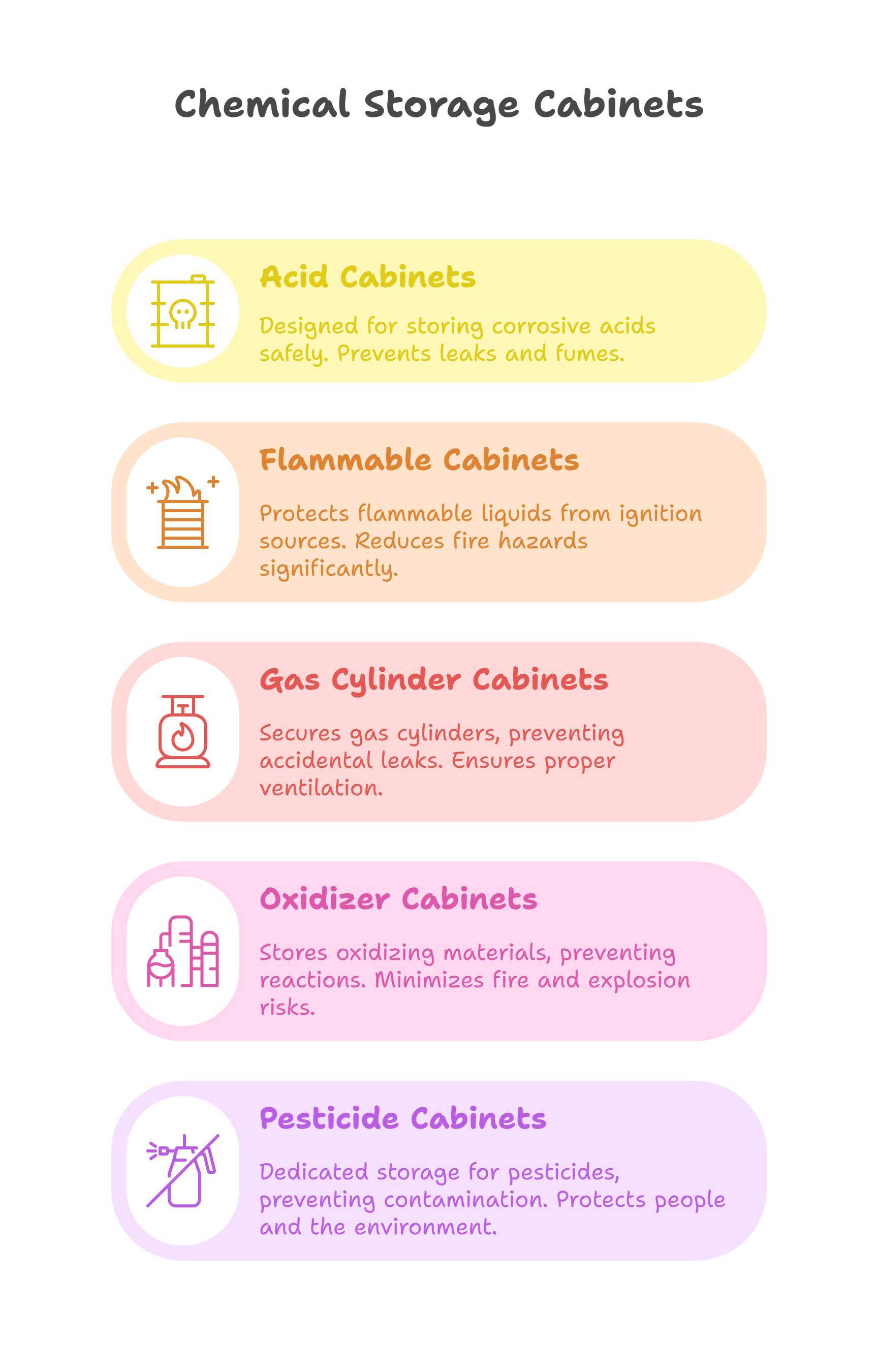What is the Chemistry Practical Syllabus for Andhra Board Intermediate Level
The 2022 board exams are coming near and as such this is a great time to rehash your high school curriculum. The students and teachers of the Andhra Pradesh Board of Intermediate Education should go over the BIEAP Chemistry Practical Syllabus 2022 which we present here in detail and in a simplified, easy-to-understand manner.
There are a lot of experiments and observations to go through in your chemistry practical labs if you’re a student or teacher of Andhra board intermediate level 1st or 2nd year (class XI-XII). Some schools do not choose to go through all of them, which isn’t good for hands-on learning and skill acquisition. And that is very important if you’re aiming for a chemistry or bioscience dependent career.

If you want to complete the BIEAP chemistry practical syllabus, you should go over the following list and mark out the ones that you have not gone through yet. Then you can ask your lab instructor to complete those with you, or you can apply to Labkafe Lab Tutorials where you can learn practicals in great detail. You can also visit the official website of the Andhra board intermediate education and find the most recent updates.
List of Experiments & Observations in BIEAP Chemistry Practical
The chemistry practical exam at the end of the two-year intermediate level has 30 marks in total, which is divided in the following manner:
- Volumetric analysis: 8 marks
- Salt analysis: 8 marks
- Content based experiment ‒ 6 marks
- Project work ‒ 4 marks
- Viva-voce and class records ‒ 4 marks
The following is the list of the chemistry practical experiments and observations that students of 1st & 2nd year of AP board intermediate level are expected to perform.
Experiments
A. Basic Lab Techniques
- Cutting glass rods and glass tubes
- Bending glass tubes
- Glass jet drawing out
- Boring in a cork or stopper
B. Studying Characteristics of Chemicals and Purification Methods
- Melting point of an organic chemical
- Boiling point of an organic liquid
- Studying the crystallization of the following compounds (impure):
- Alum
- Copper sulphate
- Benzoic acid
C. pH-related Studies
- Use pH paper and universal indicator to determine the approximate pH values of the following (in various concentrations):
- A solution prepared from an unknown fruit juice
- A solution prepared from a known common acid
- A solution prepared from a known common base
- A solution prepared from a known common salt
- Compare the pH values of the same strong and weak acids of the same concentration.
- Titrate a strong base and study the pH change in this phenomena using a universal indicator.
- For weak bases and weak acids, study the pH change in common-ion method
D. Chemical Equilibrium
- Shift the equilibrium between ferric ions and thiocyanate ions by varying the concentrations of either ions.
- Shift the equilibrium between cobaltous ions and chloride ions by varying the concentrations of either ions.
E. Quantitative Analysis
- Expertise in using a precision balance for chemicals.
- Prepare a standard solution of oxalic acid.
- Prepare a standard solution of sodium carbonate.
- Titrate a given solution of NaOH against a standard solution of oxalic acid, and thus find out its strength.
- Titrate a given solution of HCl against a standard solution of sodium carbonate, and thus find out its strength.
F. Qualitative Analysis
- Perform salt analysis (identification reactions) on a given unknown inorganic salt and figure out which cation and anion are present in the given salt. Note: water insoluble salts are excluded. You need to be able to identify the following ions:
- Cations: Pb2+, Cu2+, Al3+, Fe3+, Mn2+, Ni2+, Zn2+, Co2+, Ca2+, Sr2+, Ba2+, Mg2+, [NH4]+
- Anions: [CO3]2-, S2-, [SO3]2-, [SO4]2-, [NO3]-, Cl, Br, I, [PO4]3-, [C2O4]2-, CH3COO‒
- Determine the presence of the following in organic compounds:
- Nitrogen
- Sulphur
- Chlorine

Project Work
It is very important for students to do their project work seriously. The reason for this is that projects are independent work that reflects your skills and ingenuity. A BIEAP intermediate student has to complete at least one project before term ends. While there is no restriction on what project topics you can choose, the Andhra board suggests some topics that you can directly utilize or take inspiration from.
BIEAP chemistry project list
- A comparative study on the acidity of various fruit and vegetable juices.
- Study on how acids and bases affect the tensile strength of various fibers.
- Comparative study on the evaporation rate of different liquids (organic and inorganic).
- Comparative study on the acidity of different kinds of tea leaves.
- Study on the capacity of foaming of different kinds of soaps, and the effect of the addition of sodium carbonate to it.
- Study on water quality (hardness, presence of iron, fluoride, chloride etc.) from various sources and different locations. Also figure out the cause of serious variations in the results.
- Study various methods of water purification and real-life applications.
- Study of the bacterial contamination level in drinking water from various sources by studying sulphide ions.
Note that you can actually take up any other topics related to chemistry, as long as it takes about 10 periods worth of work. The work should involve some amount of laboratory testing, and collecting and analyzing data from other sources as well. The project work also includes writing a dissertation on what you’ve studied and what conclusions you draw from the study, supported by solid reasoning.

BIEAP Practical Work
The Andhra board has created quite a well-rounded chemistry practical syllabus and it would be very helpful for students to learn all of them. They require quite a lot of glassware, consumables, and support apparatus to perform all of them. Fortunately, Labkafe has the solution. Our very affordable BIEAP Chemistry Lab Equipment Package has it all ‒ you can perform all of the above experiments and projects with this laboratory package .
As per our dream of making affordable hands-on education accessible to every child in India as well as AP, we are providing this specialized package just for the AP board intermediate education affiliated schools. It is perfect for most lab setups and combined with a custom wet lab setup from Labkafe it becomes very effective in a school chemistry laboratory. This combination is great for BIEAP 1st year and 2nd year students. Also, if you are renovating your chem lab, this lab package is going to be very useful indeed.












Leave a Reply